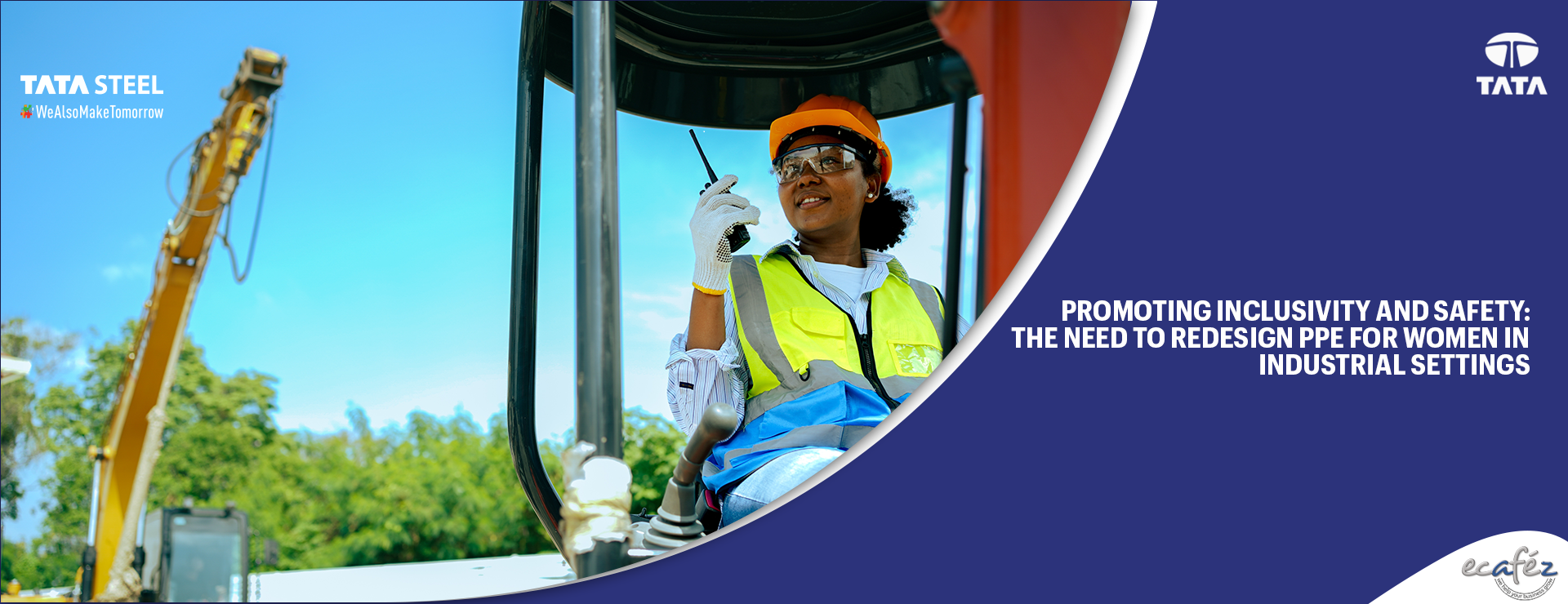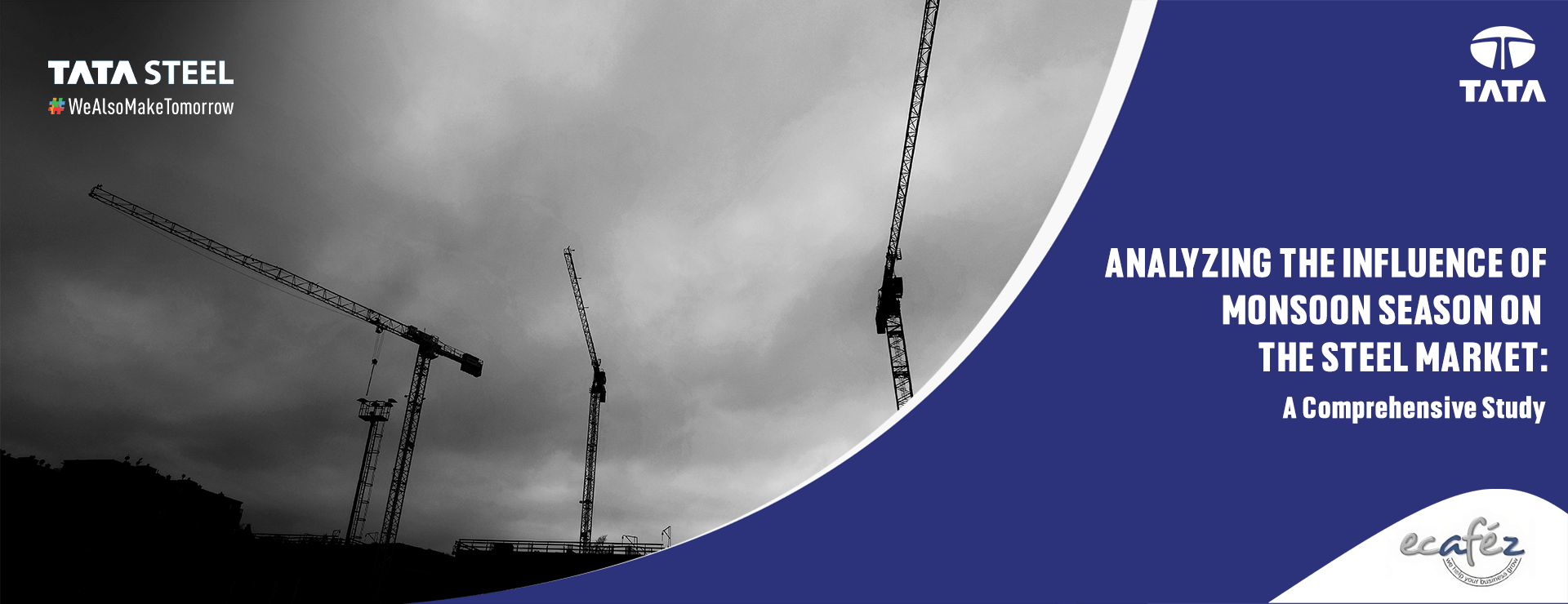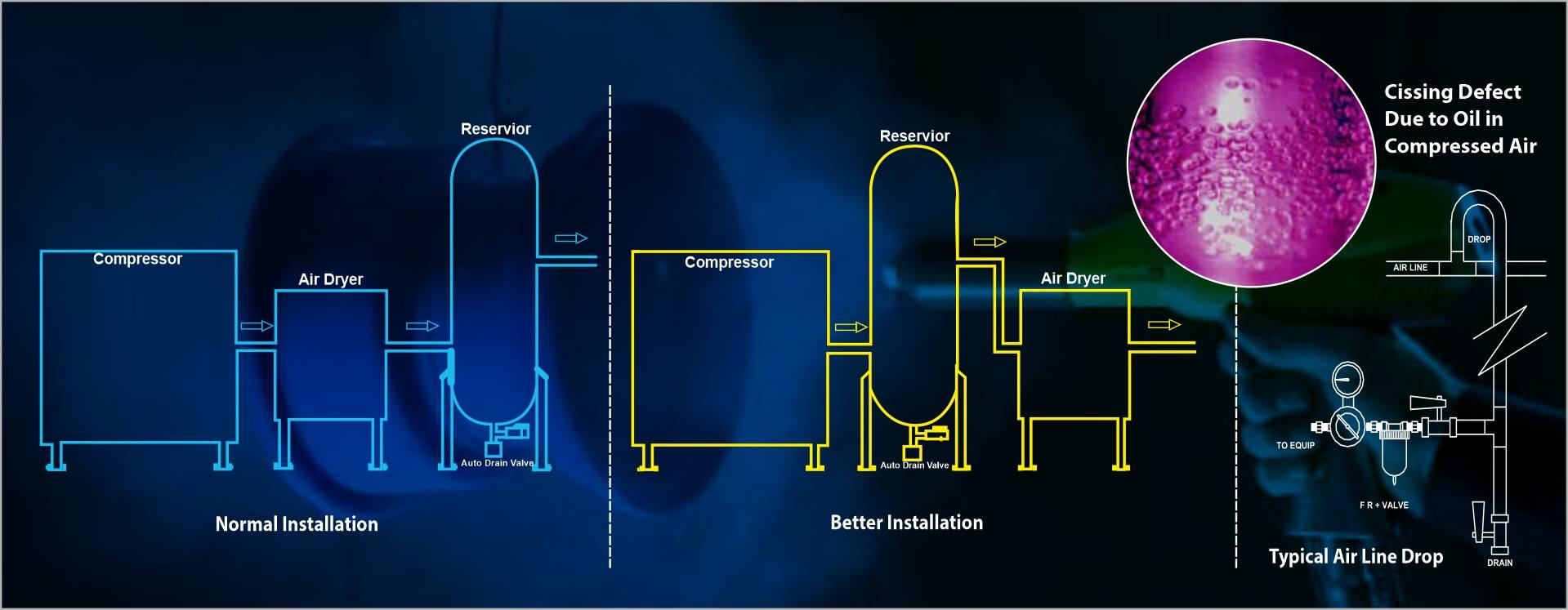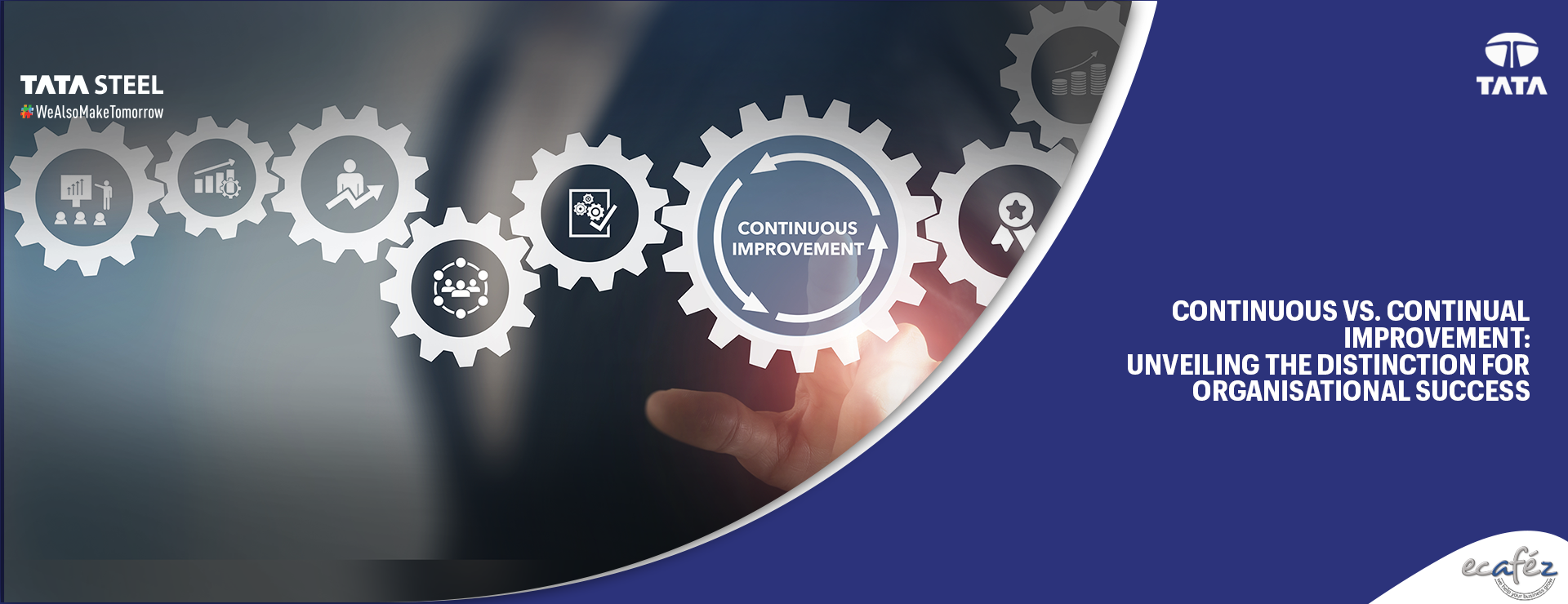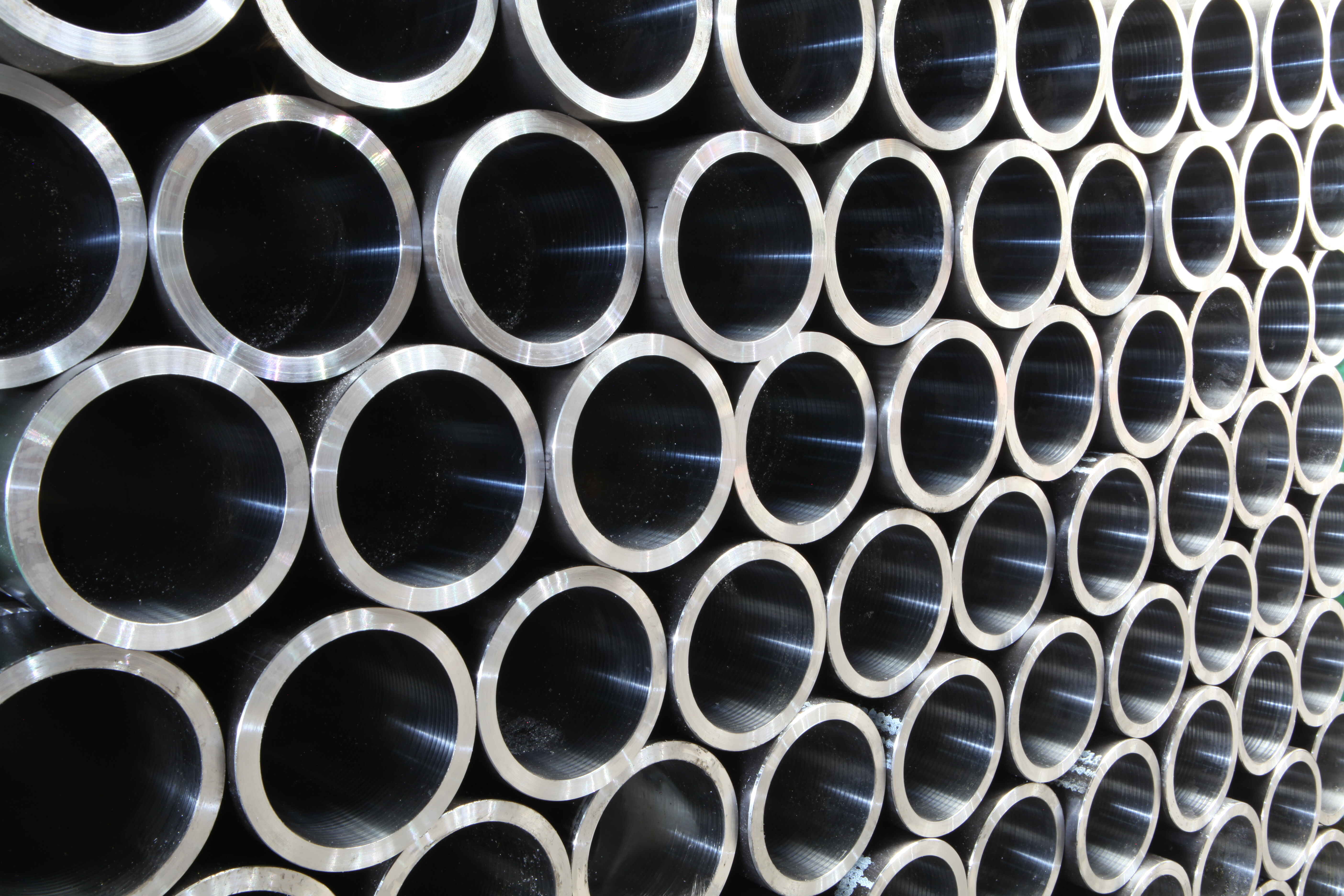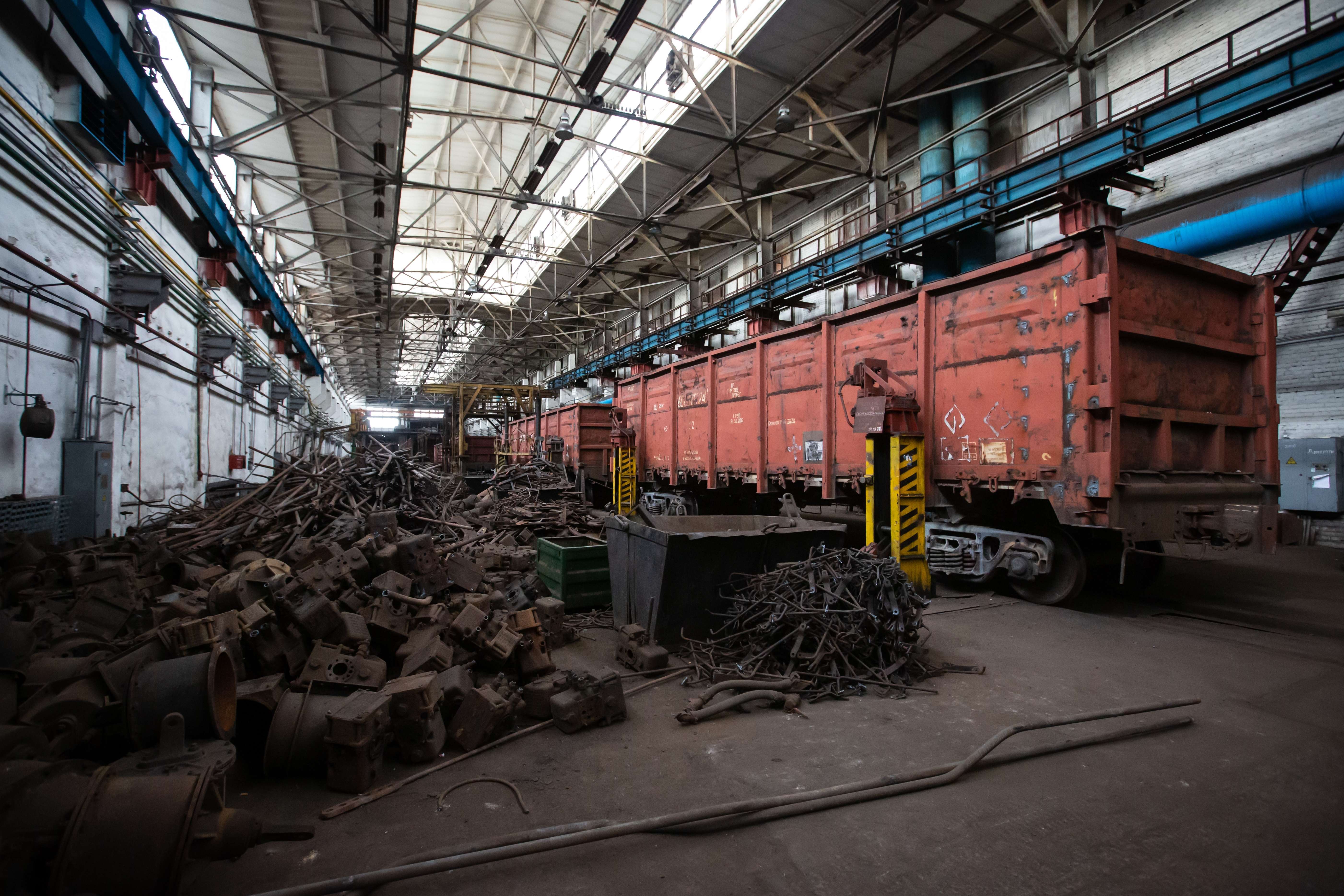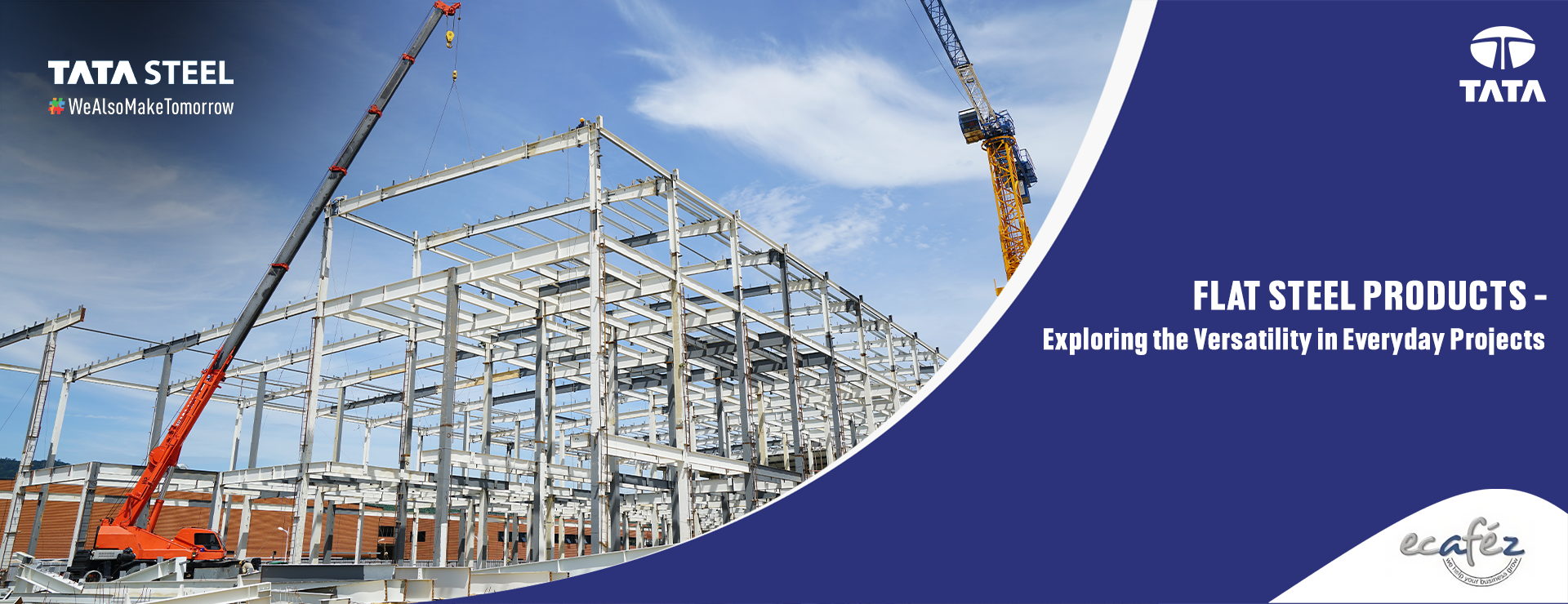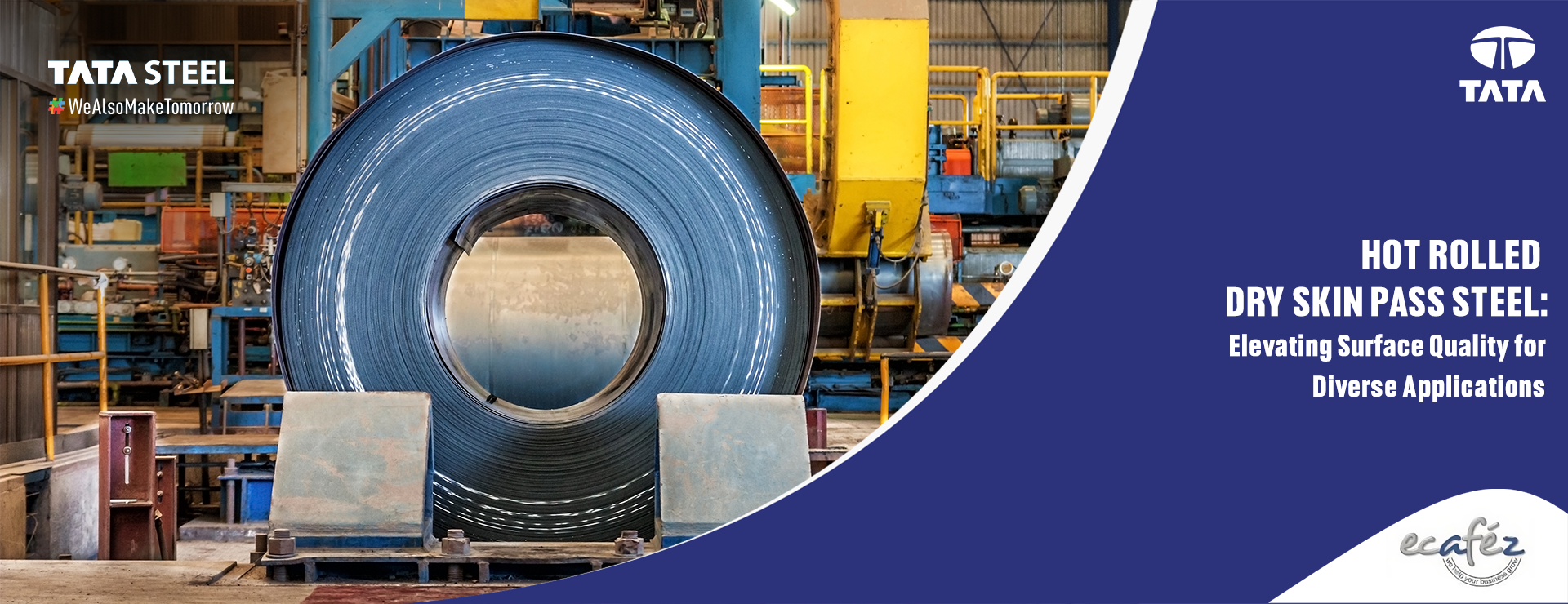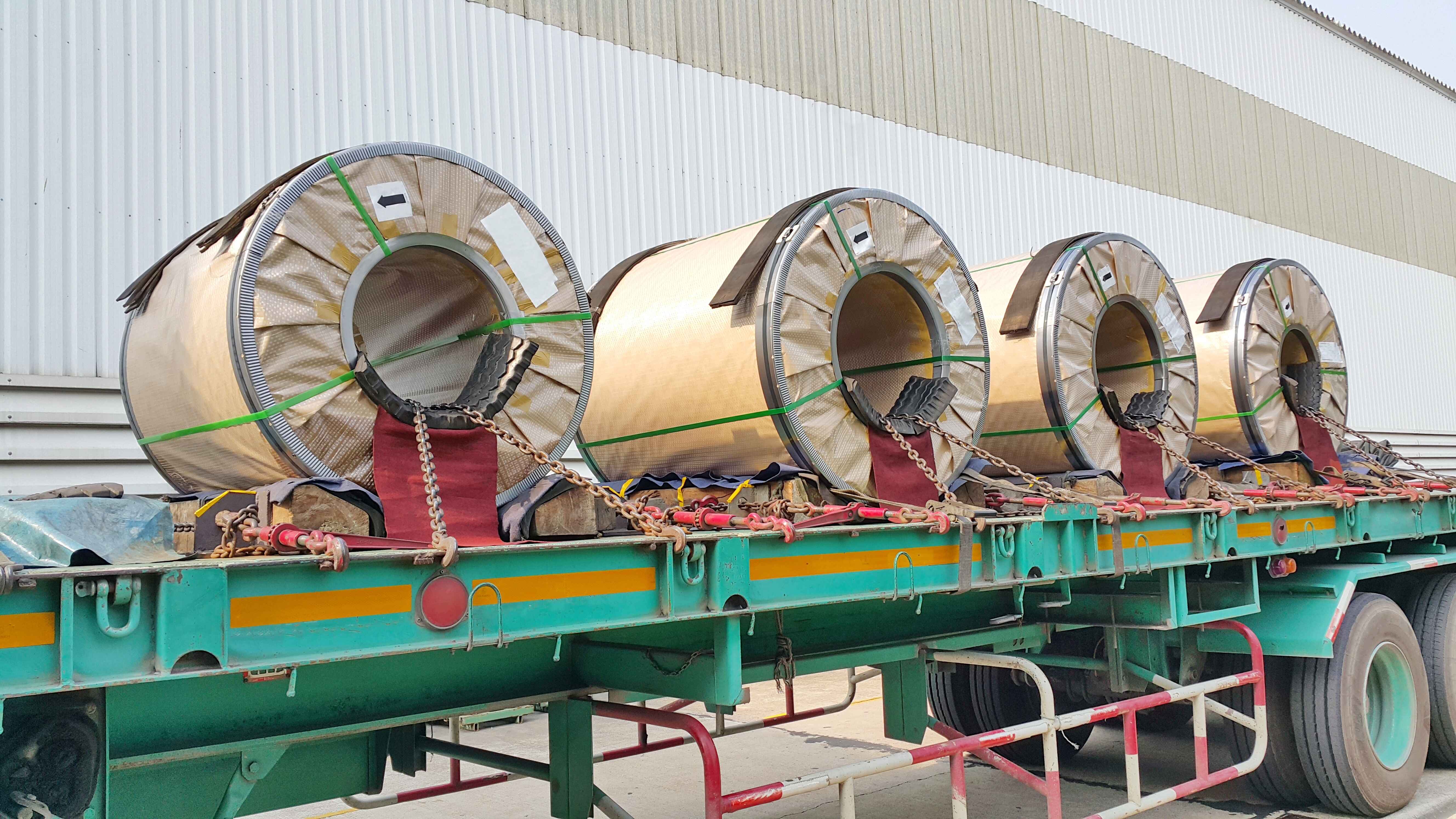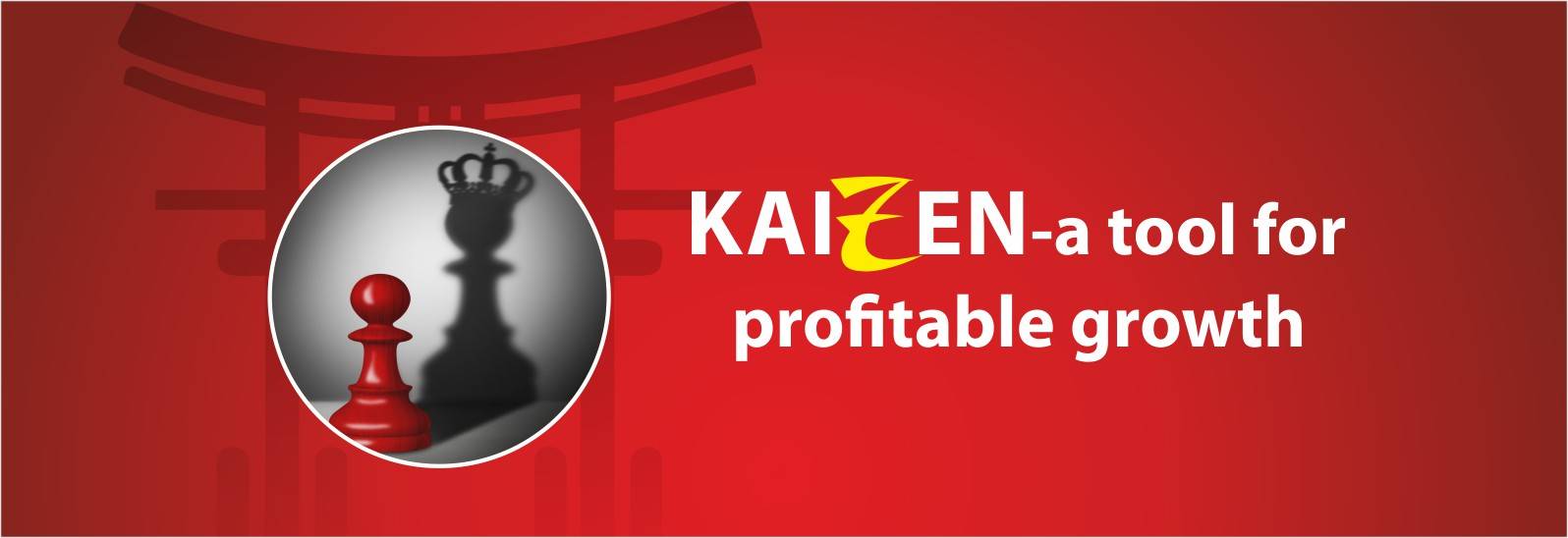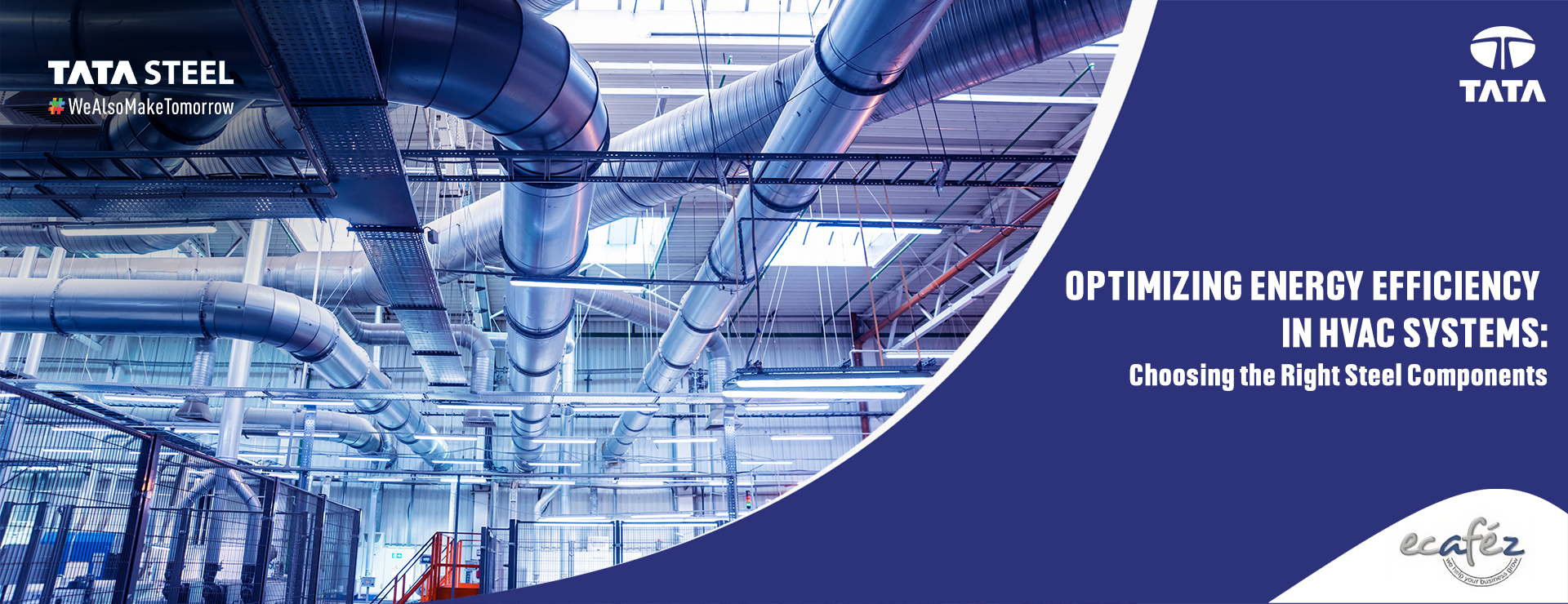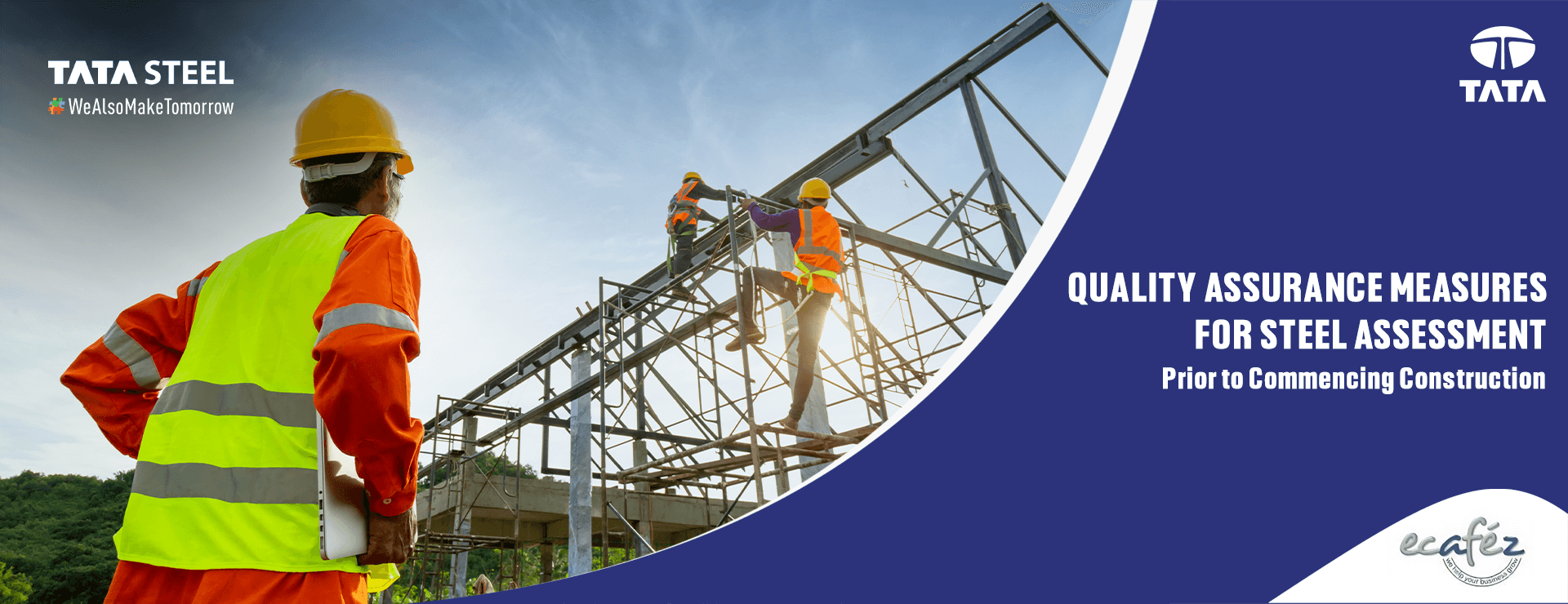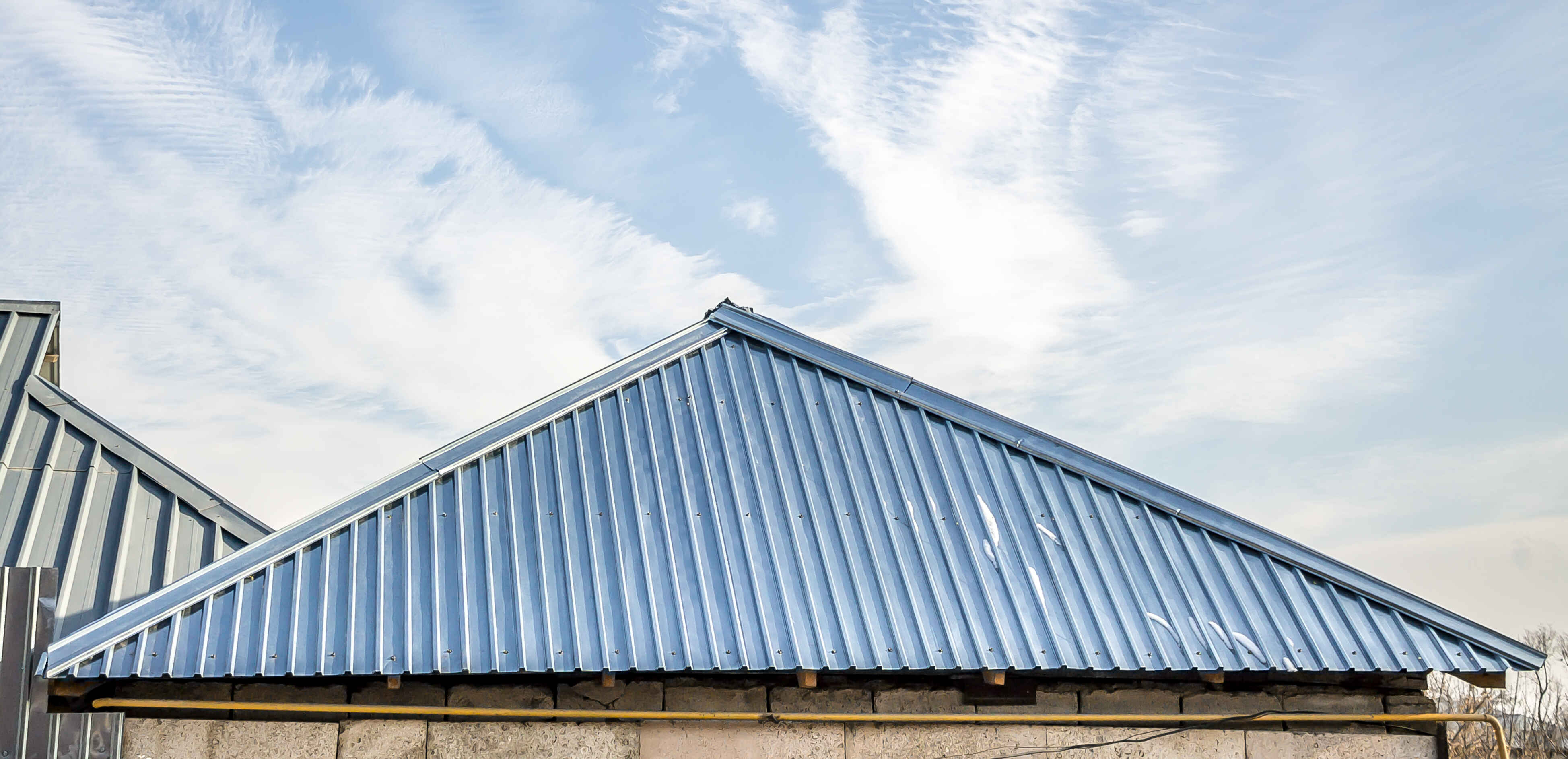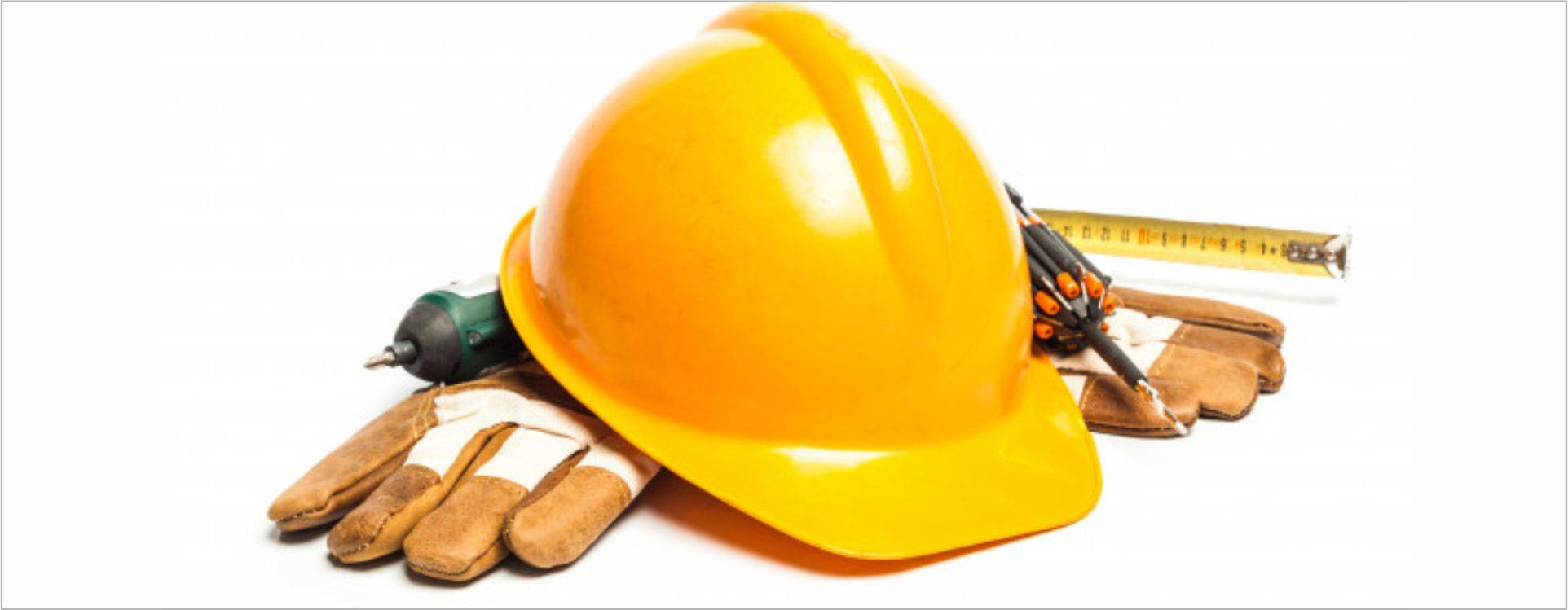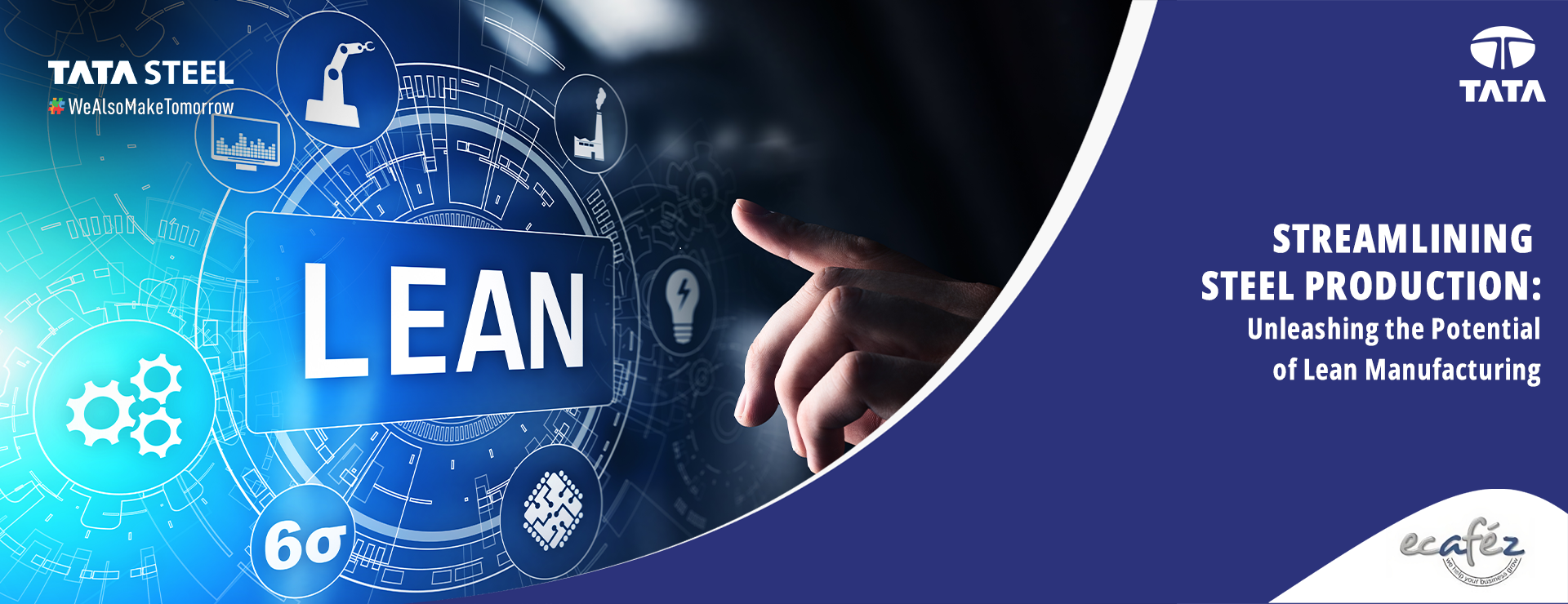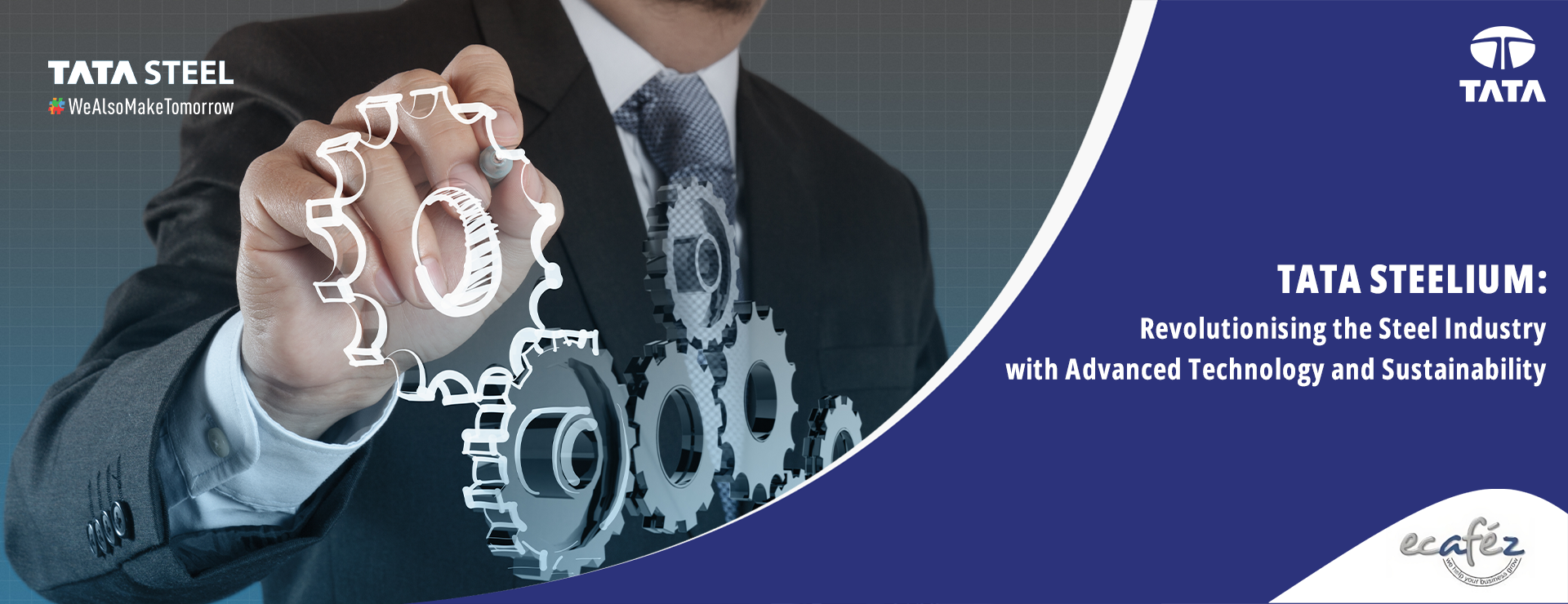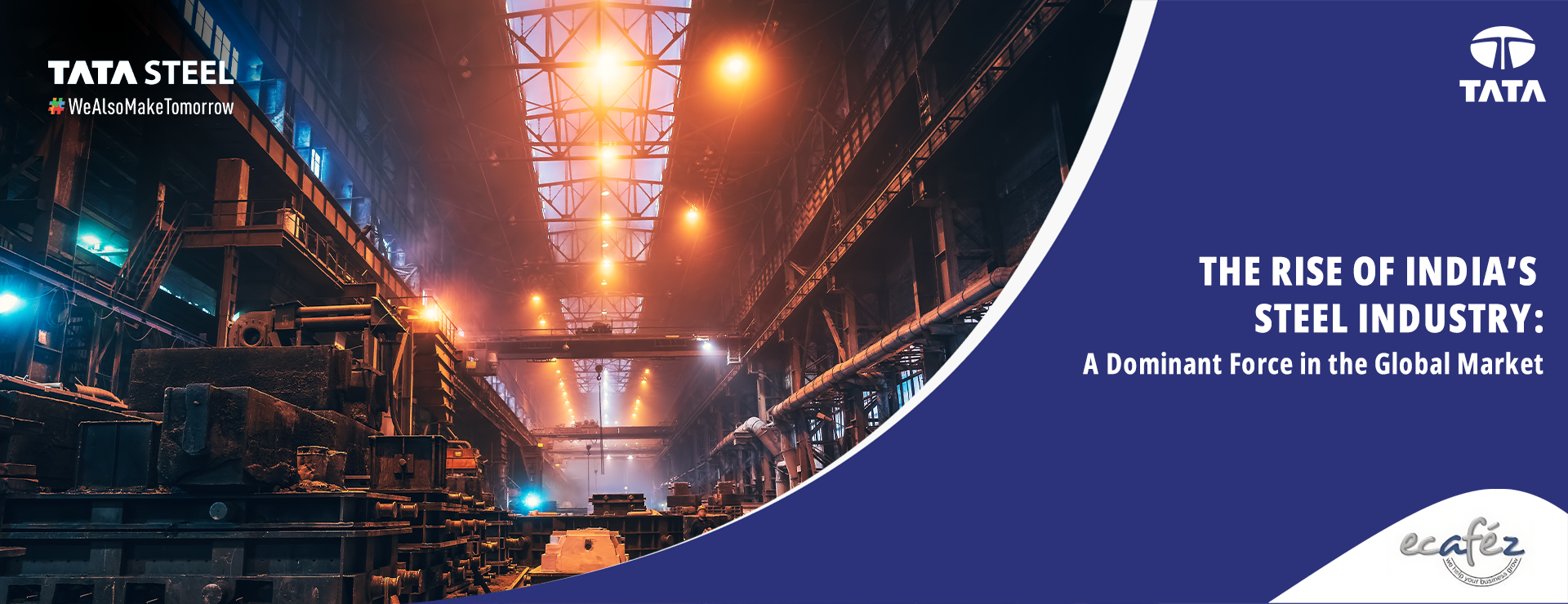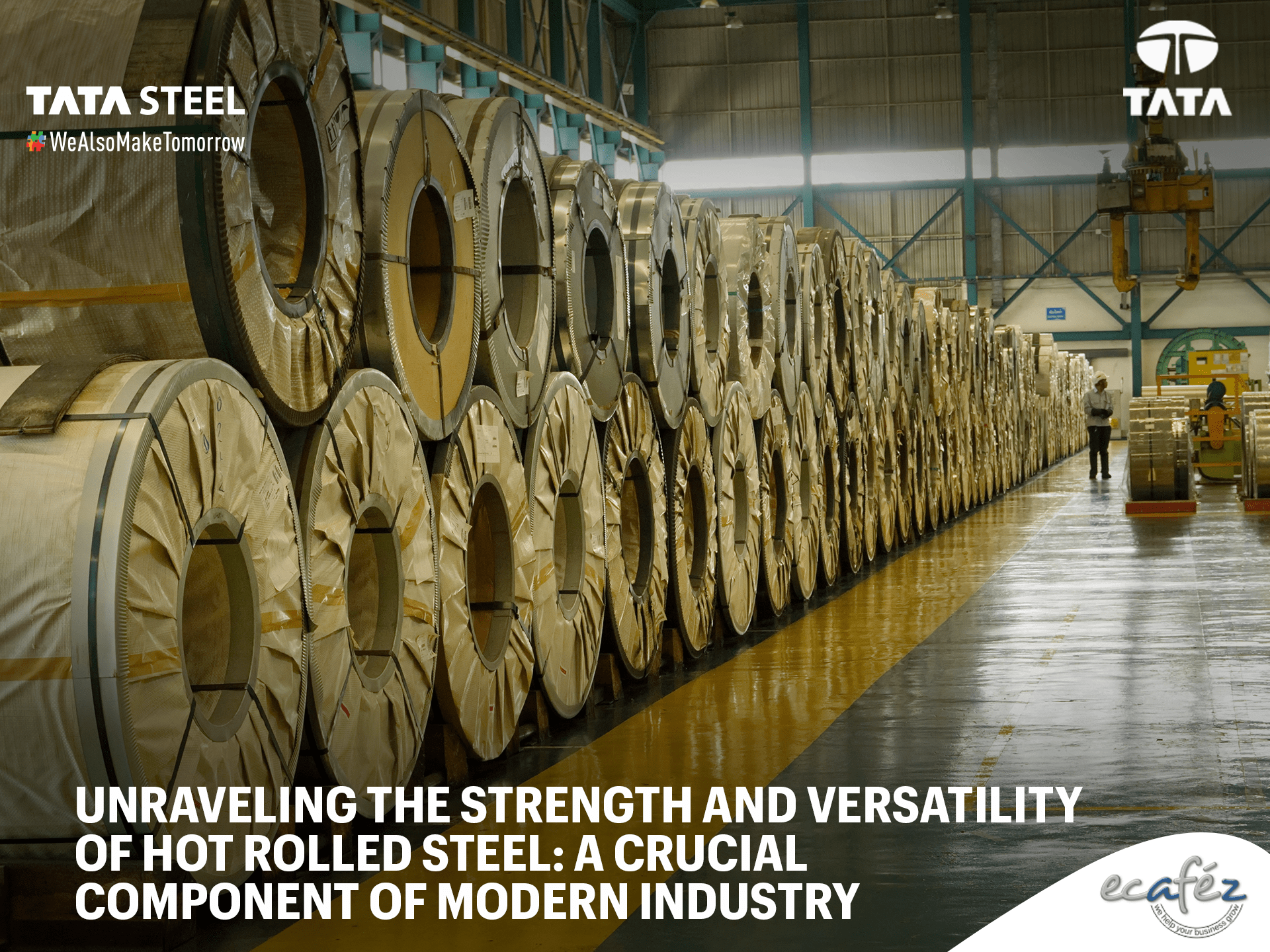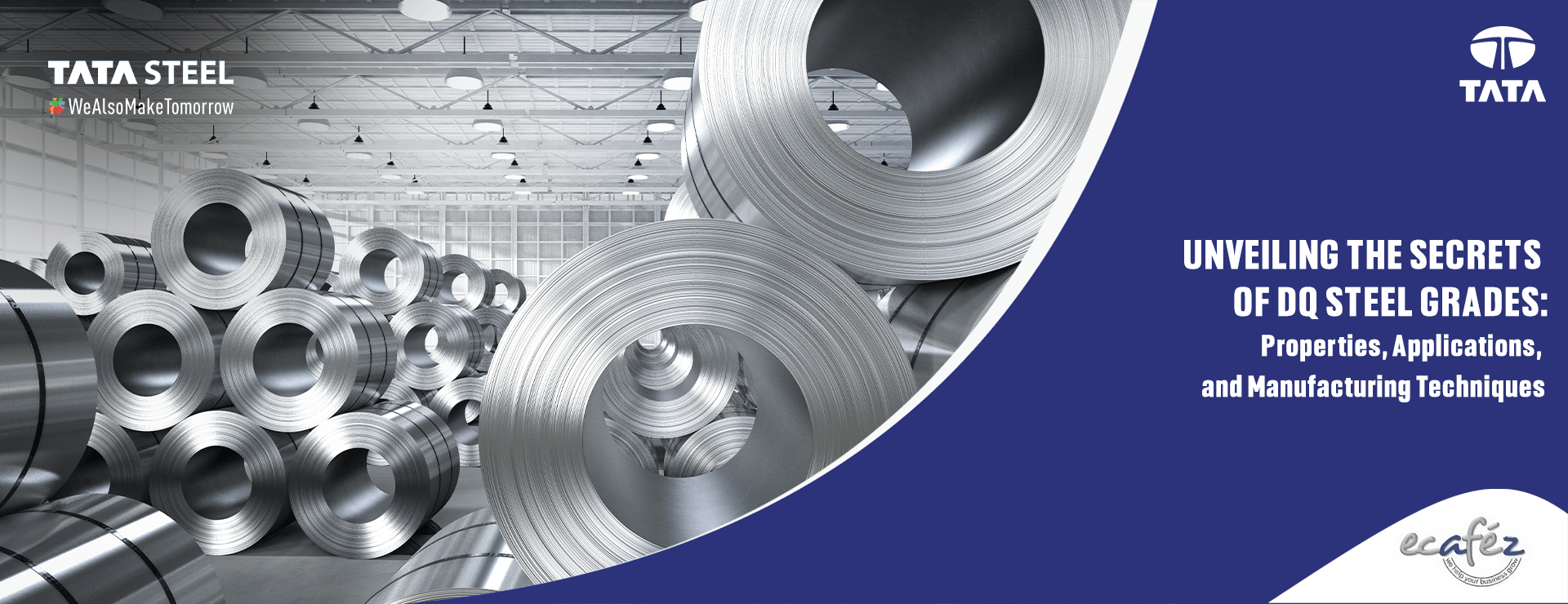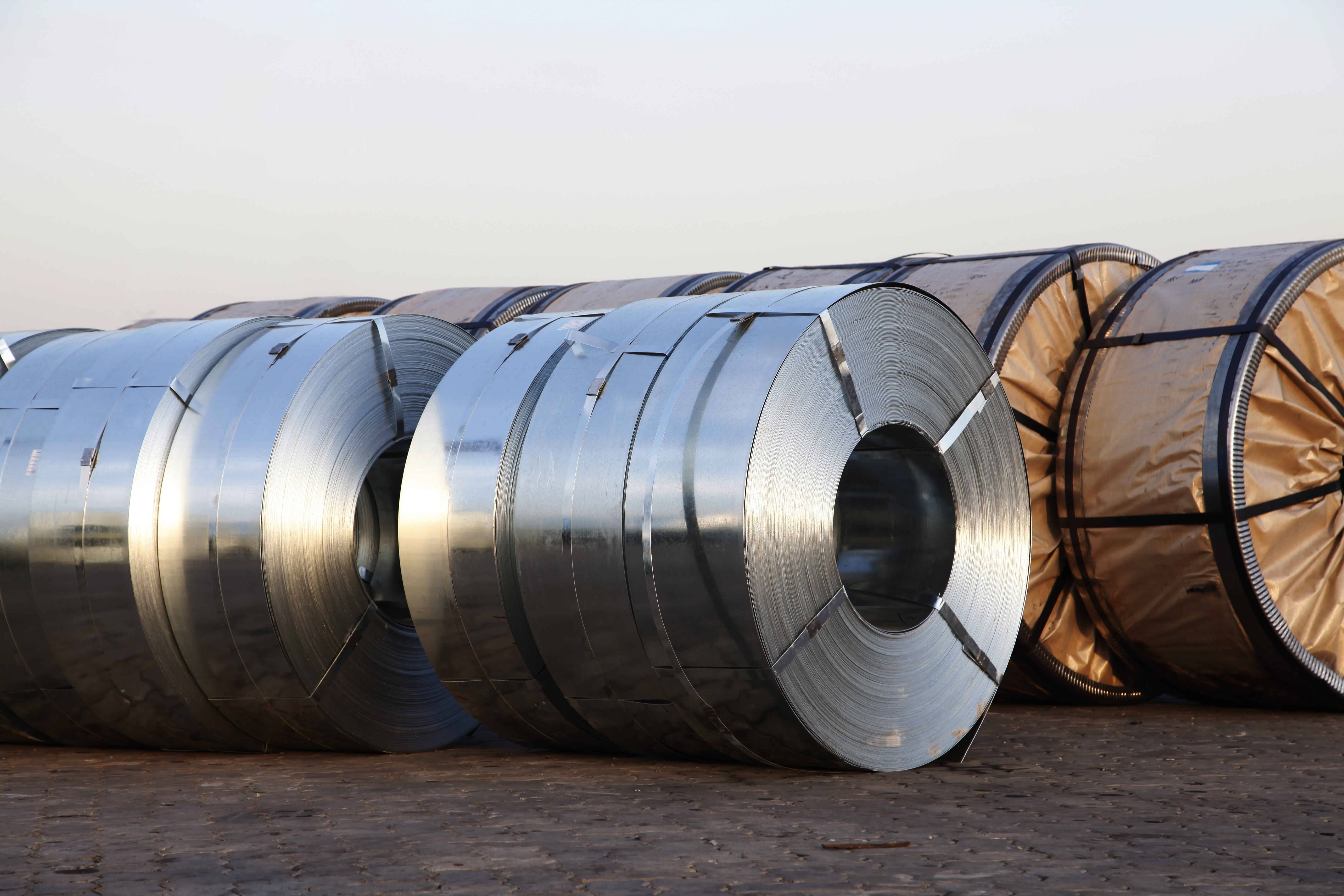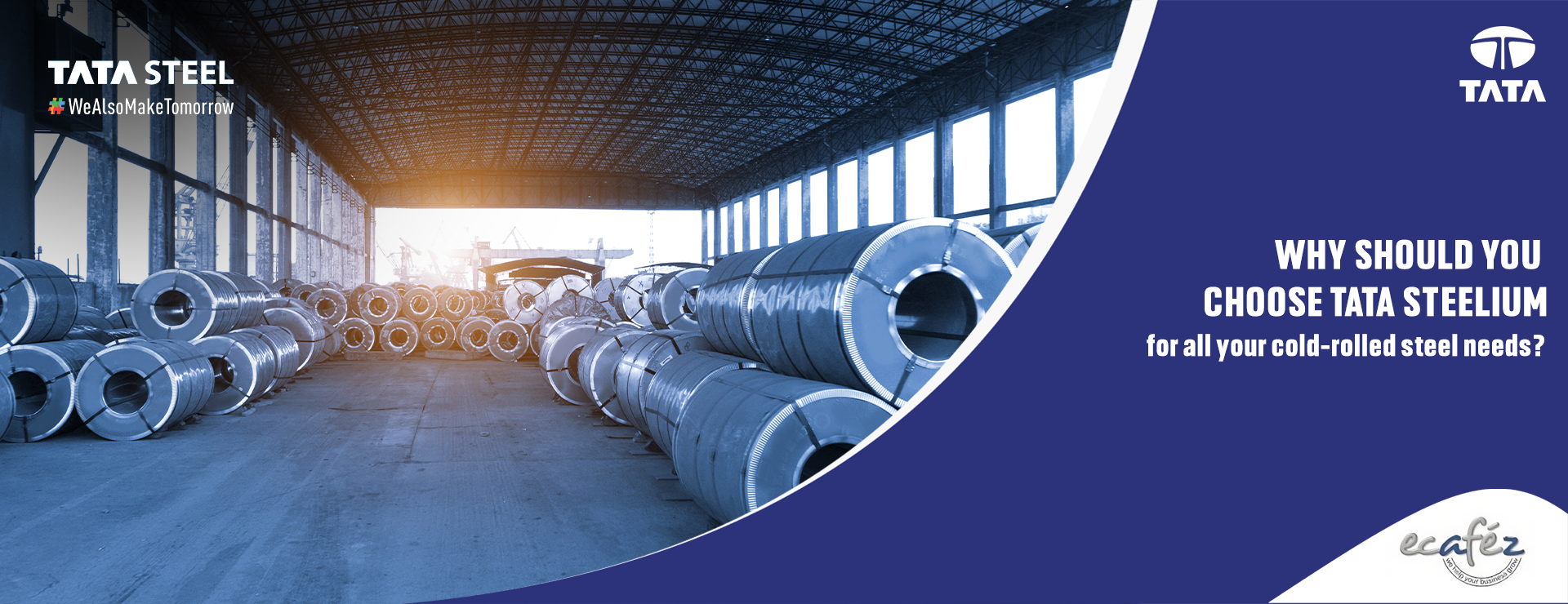The majority of safety gear and personal protective equipment (PPE) are designed with men in mind, as the industrial landscape has long been seen as a male-dominated environment. However, recent data from the Ministry of Labour and Employment has revealed a significant shift in this paradigm. Interestingly, 49% of construction employees are women, showing a significant presence of women in the field. Given the rise in female participation, it is critical to address the issue of women's safety and security in the workplace. This blog discusses the urgent need to reconsider PPE for women in order to promote diversity and improve workplace safety.
Recognizing the Presence of Women in the Construction Industry
Contrary to popular belief, women are an important part of the construction sector. According to data from the Ministry of Labour and Employment, women make up about half of the workers in the construction industry. This figure highlights the necessity to prioritize women's safety and security in the workplace. To achieve gender equality and inclusivity, it is essential to acknowledge their significant contribution to these industries. Companies can increase morale, productivity, and retention rates by creating a workplace that values the needs of female employees. However, this can only be done by rethinking the present strategy for PPE design and considering the unique needs of women in hazardous workplaces.
Understanding PPE and Its Uses
Personal Protective Equipment, or PPE, is a collection of specialized tools designed to protect workers from workplace dangers. They include equipment like helmets, gloves, goggles, respirators, and protective clothing. The primary objective of PPE is to reduce the risk of injury or illness from workplace exposure to physical, chemical, or biological hazards. While PPE is necessary for workplace safety, its efficacy is highly influenced by how well it fits and feels. In many cases, the current design of PPE does not adequately address the needs of women, necessitating a change in the equipment.
The Need to Redesign PPE for Women
A thorough redesign of PPE for women is needed to effectively address limitations in workplace safety. Key factors to consider include:
Updated Anthropometric Data:
The latest anthropometric data, specifically from female workers, should form the basis of the redesign process, including information on women's body types, dimensions, and functional capabilities. Relying on outdated studies based on male data is no longer sufficient in a contemporary and diverse workforce.Customized Sizing Options:
PPE should be redesigned with a wide range of sizing options, including variations in height, weight, chest circumference, hip measures, and other pertinent measurements. Customized sizing ensures that female workers can find safety equipment that fits them securely and comfortably, reducing the risk of accidents caused by improperly fitted equipment.Ergonomic Design:
The redesign should prioritize ergonomic design principles that consider women's unique bodily movements and functional capabilities. PPE that allows for a greater range of motion and ease of use would improve overall work performance and promote adherence to safety procedures.Comfort and Breathability:
For employees who spend long hours in demanding conditions, safety equipment that is comfortable and breathable is crucial. Materials that promote ventilation, moisture wicking, and general comfort should be prioritized to prevent discomfort or irritation, which can lead to distractions and decreased focus on tasks.Weight Distribution:
PPE can significantly increase a worker's body weight in various industrial environments. For women, it's crucial to distribute this weight intelligently and evenly to avoid stress or exhaustion. Redesigned PPE should consider creative weight-distribution strategies to reduce strain on specific body areas.Accessibility and Availability:
It is crucial to include female workers in testing and providing input on the newly designed PPE throughout the redesign process. Their knowledge and expertise are vital for optimizing safety equipment and addressing any potential issues.Inclusive Testing and Feedback:
Female employees must be included in testing and providing feedback on the newly designed PPE at all stages of the redesign process. Their advice and expertise will be crucial for perfecting the safety equipment and resolving any problems that may arise.Training and Education:
Redesigning PPE alone is not sufficient; proper training and education are equally important. Employers should hold comprehensive training sessions emphasizing the significance of using appropriate PPE and teaching women employees how to correctly don and maintain their safety equipment.
Conclusion
The urgency to redesign PPE for women in industrial settings cannot be overstated. As the workforce becomes increasingly diverse, it is incumbent upon employers, policymakers, and PPE manufacturers to prioritize inclusivity and safety for all workers. By utilizing updated anthropometric data, offering customized sizing options, focusing on ergonomic design, ensuring comfort and breathability, and making safety gear readily available, we can bridge the gender gap in industrial safety. Redesigning PPE for women is not just a matter of fairness; it is an essential step toward creating safer and more efficient workplaces for everyone. Let us embrace this change and pave the way for a more inclusive and secure future.
How Ecafez Can Help
As a business or SME owner, Ecafez contributes to economic progress. Ecafez brands offer a diverse selection of world-class solutions in goods and services tailored to unique needs. Our team is available round-the-clock to support, guide, and advise users. Our goal is to assist individuals in achieving their desired goals and progressing further.
